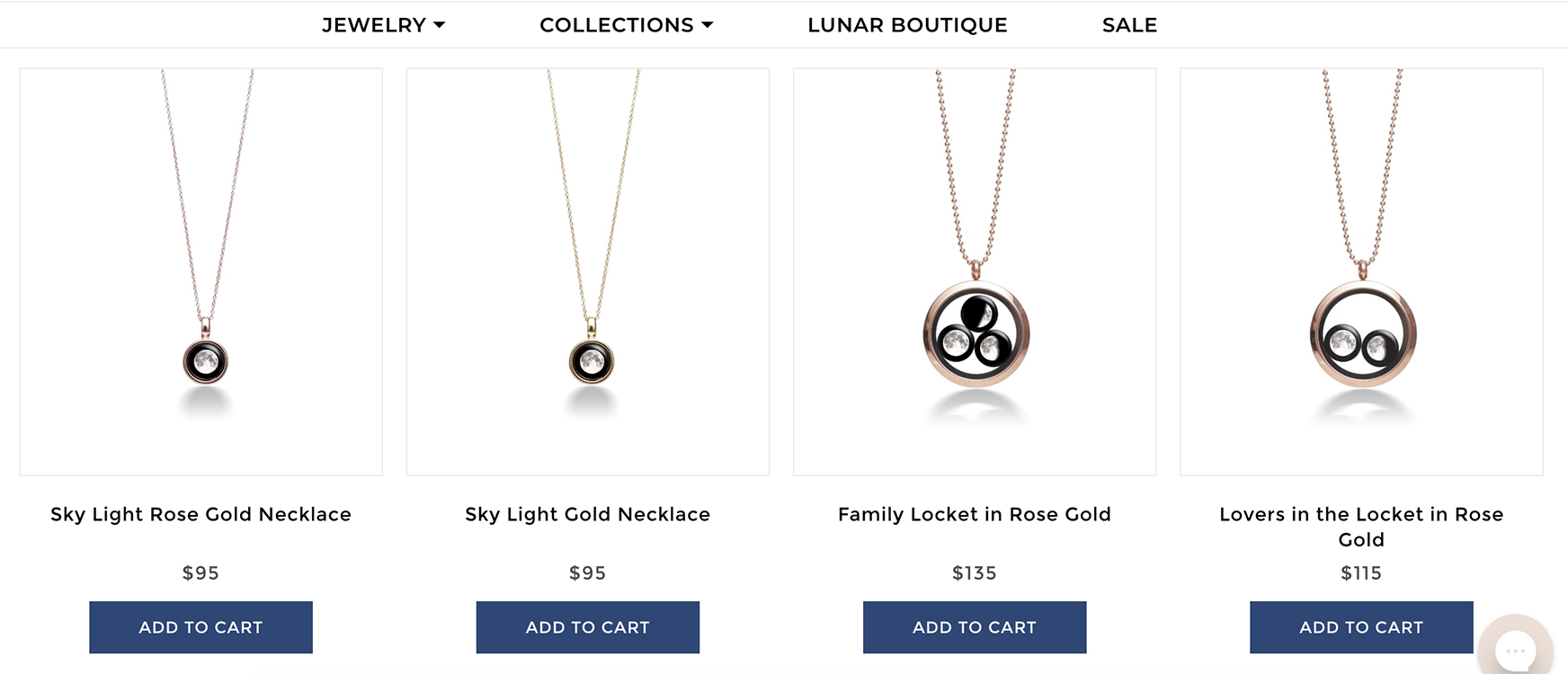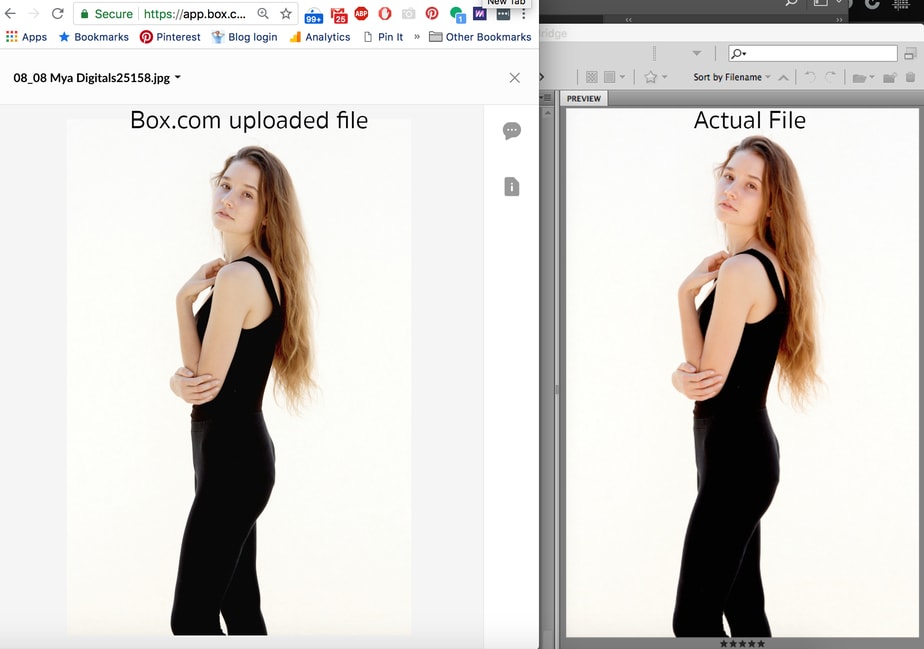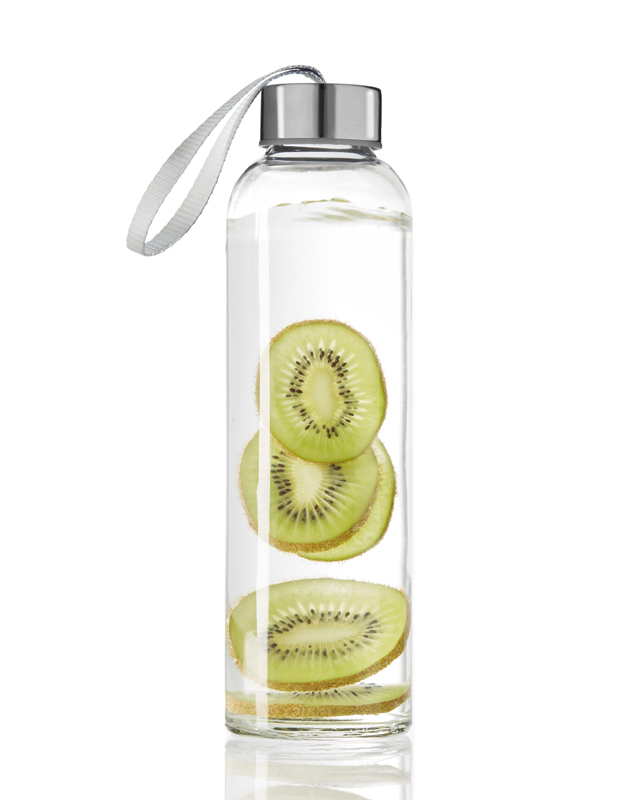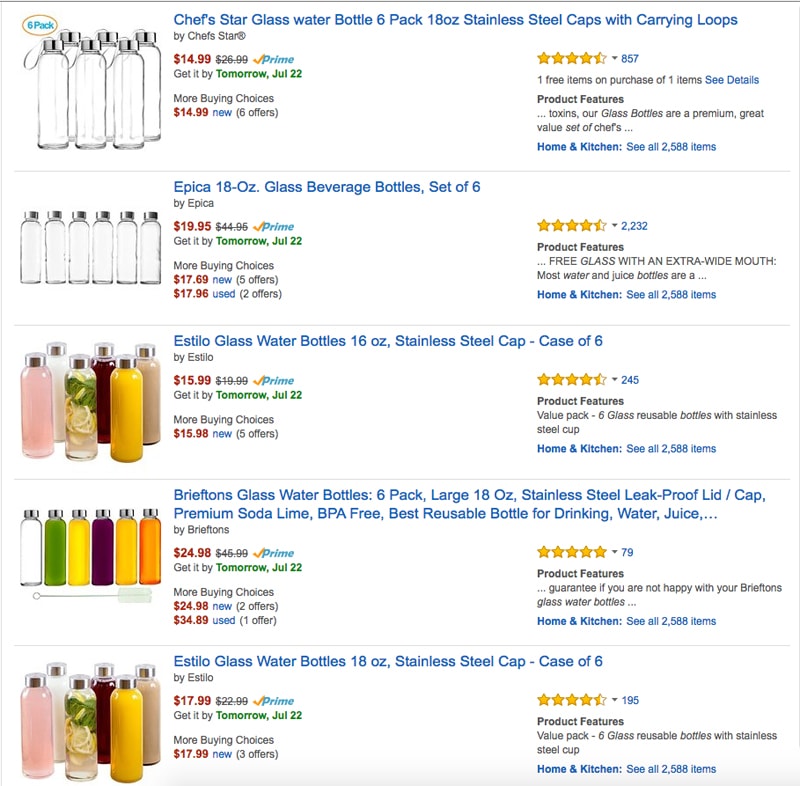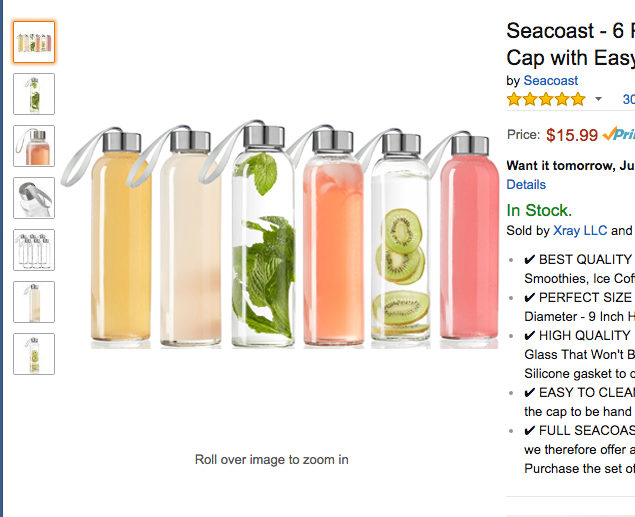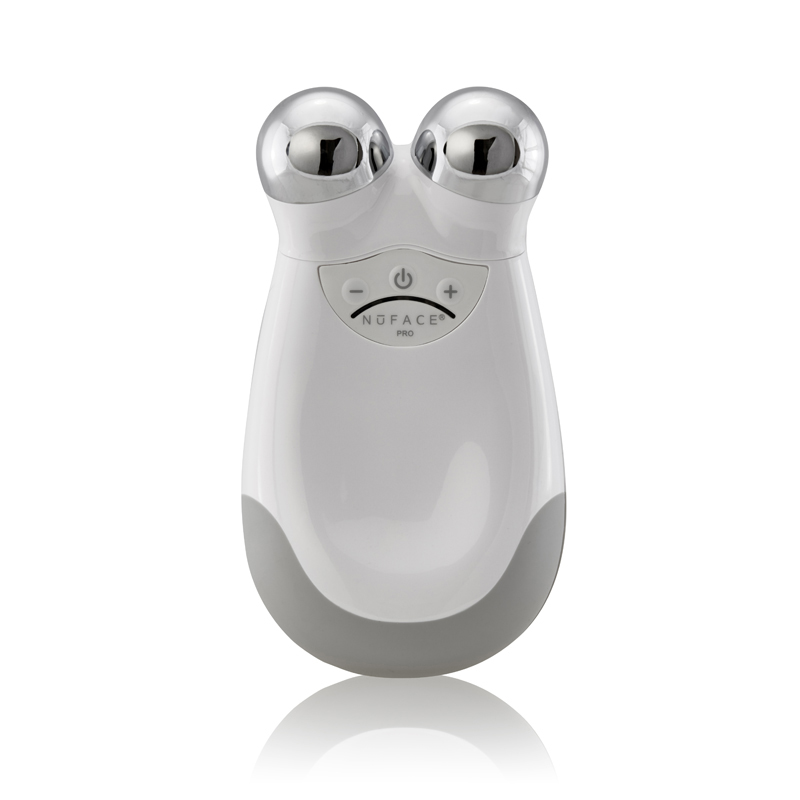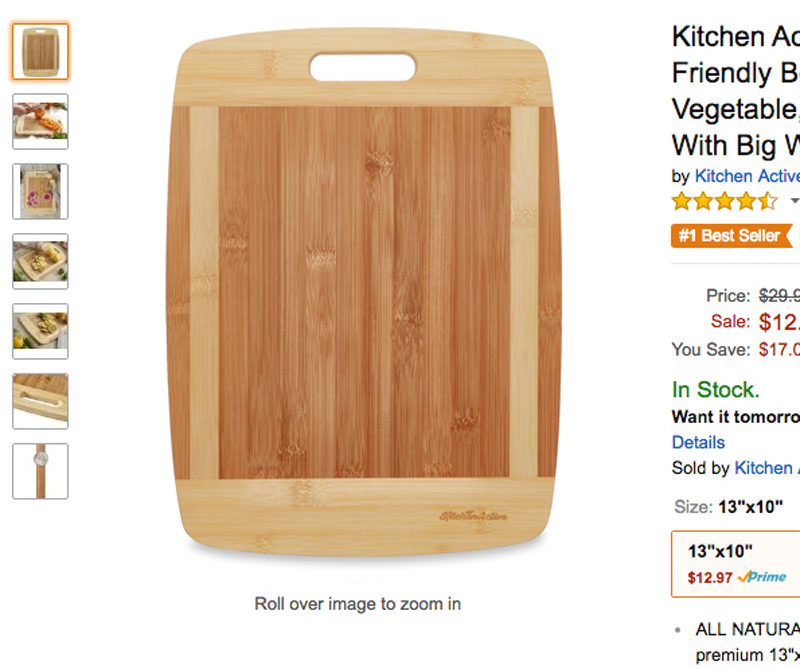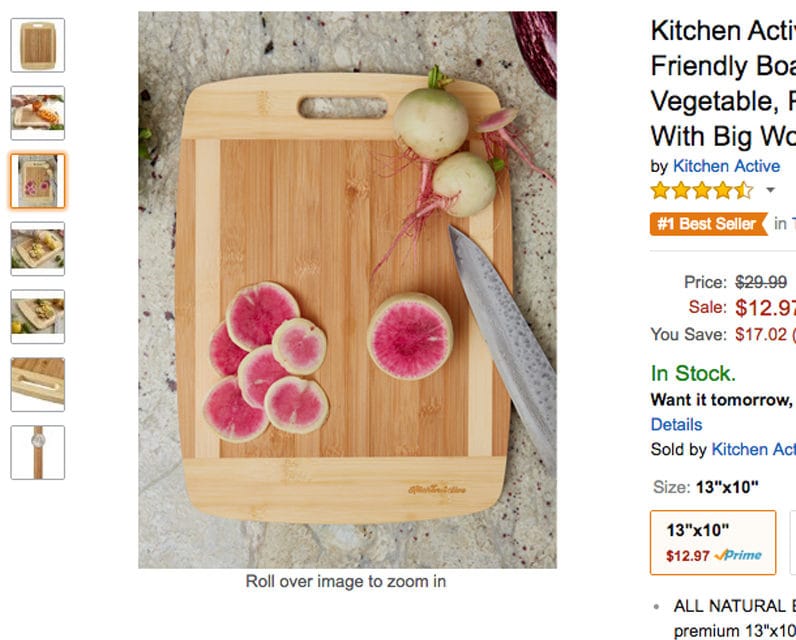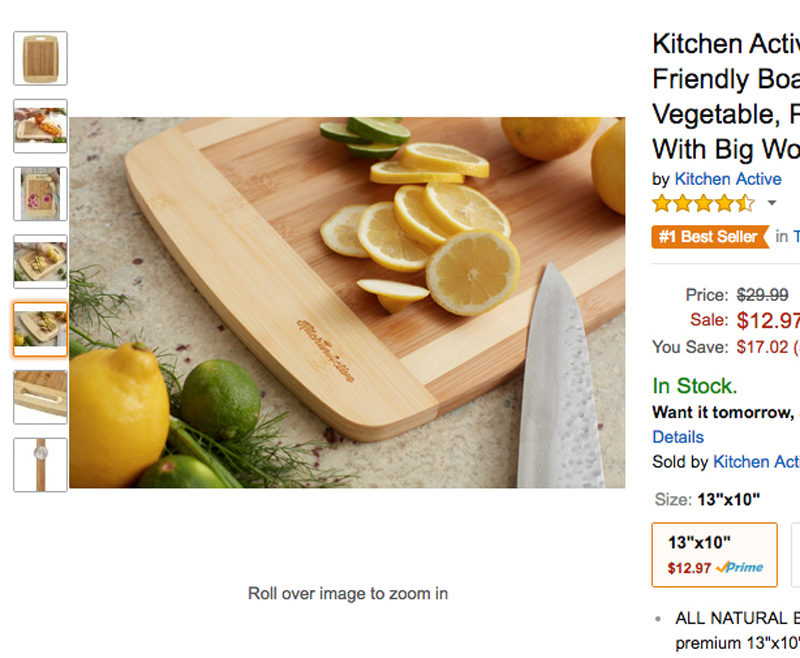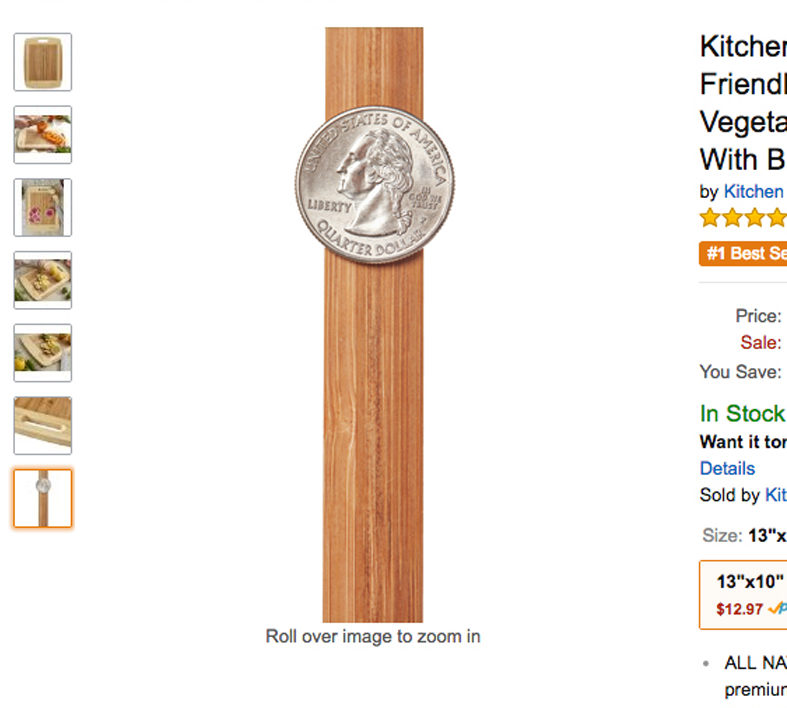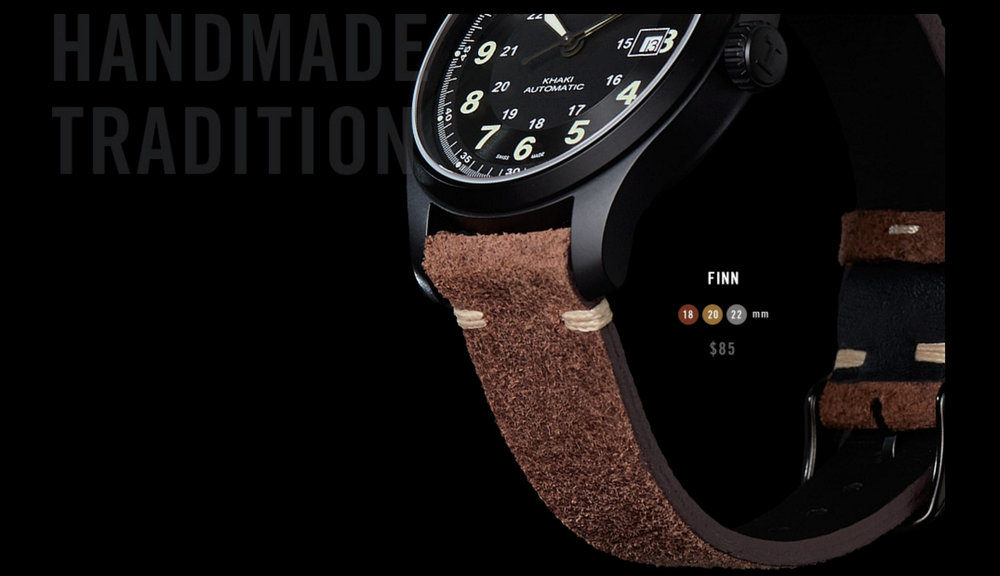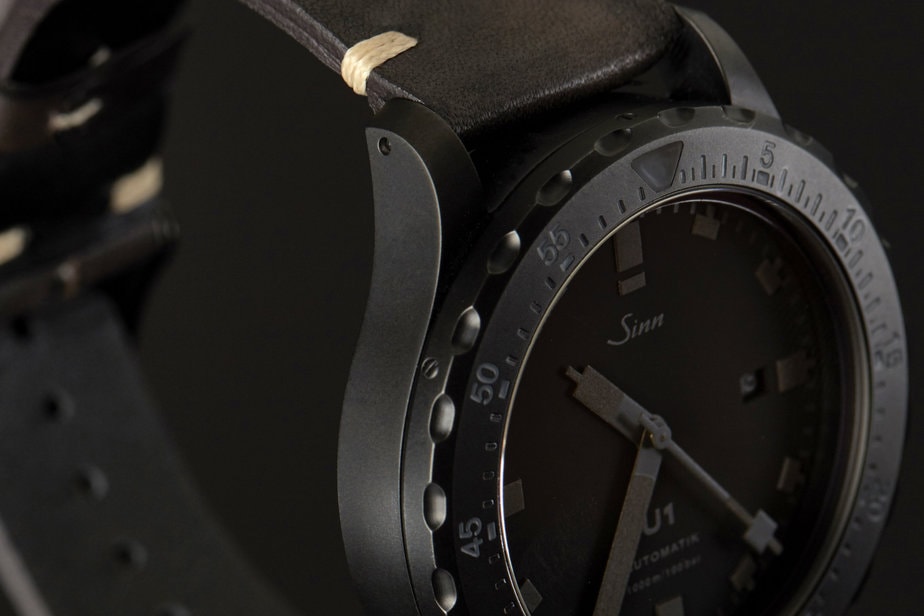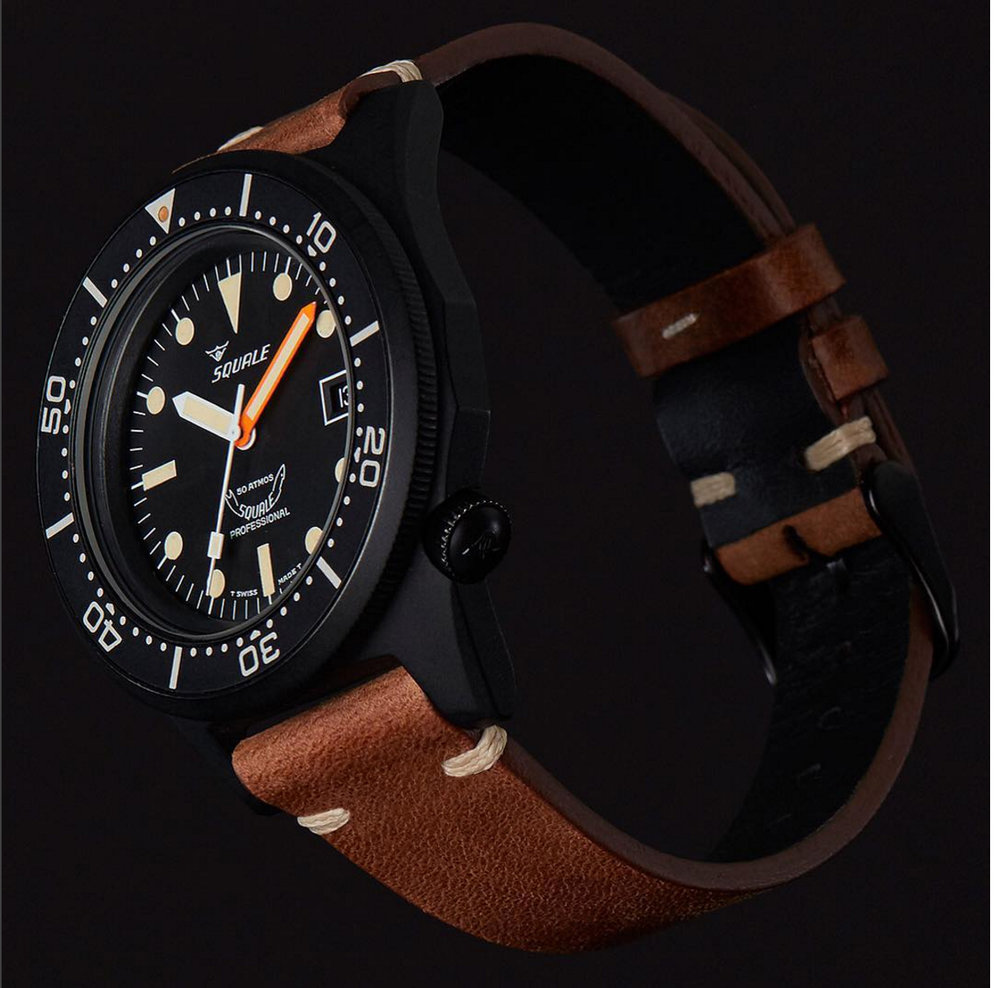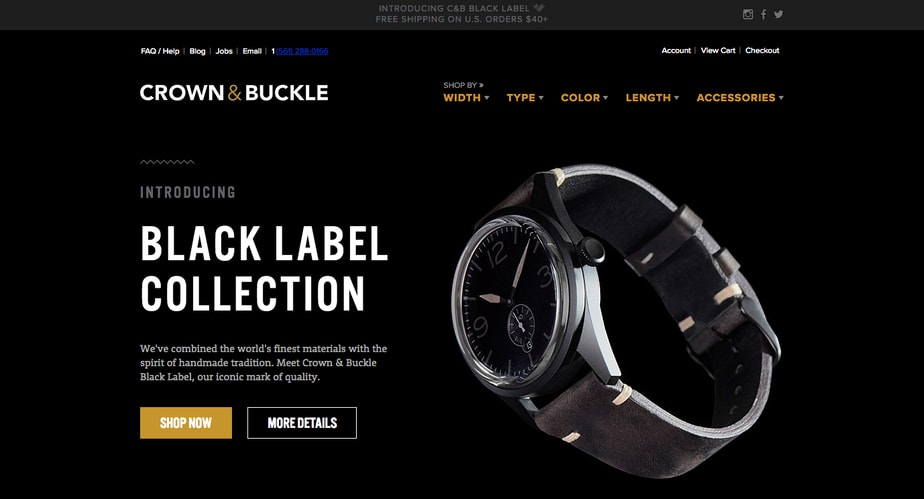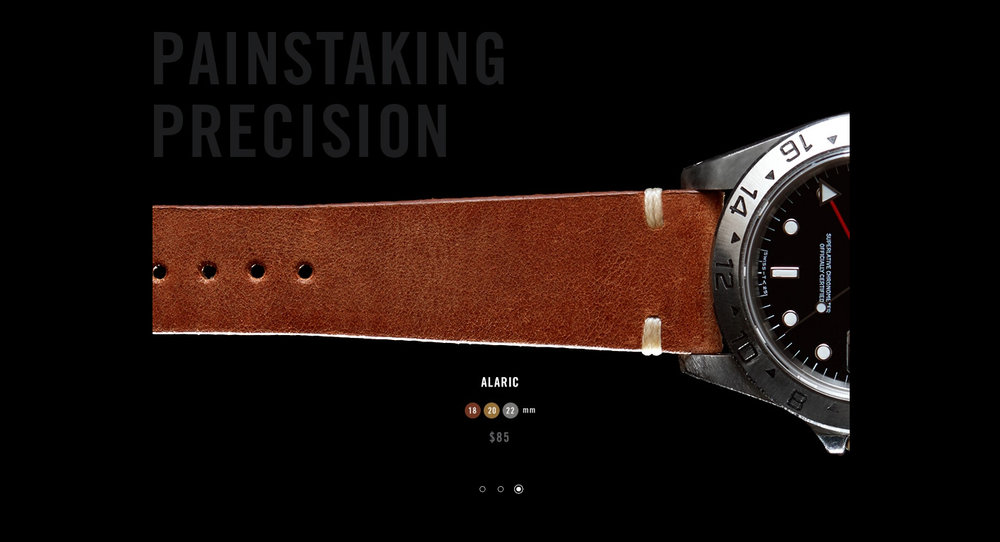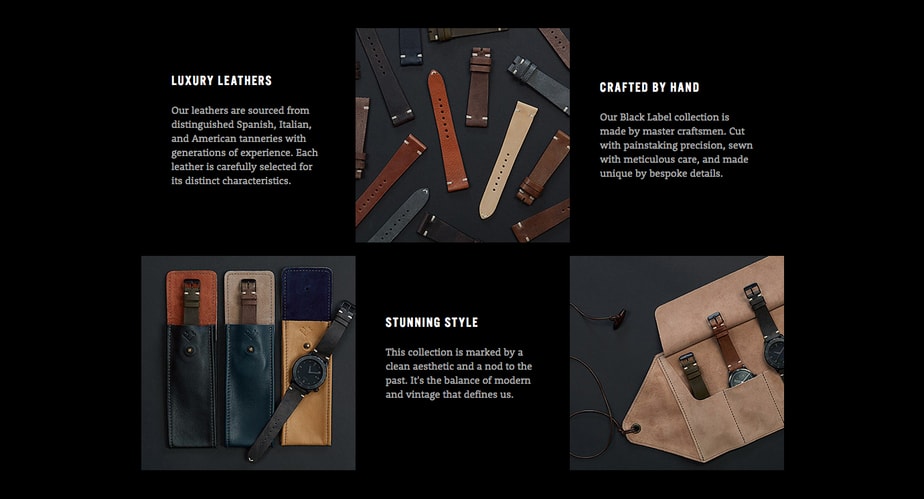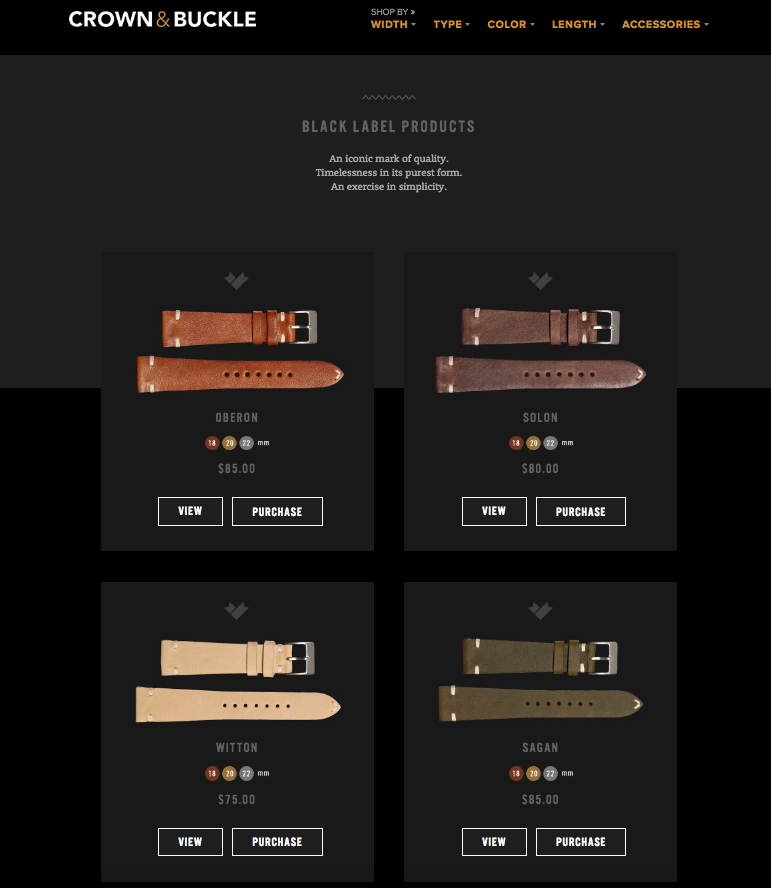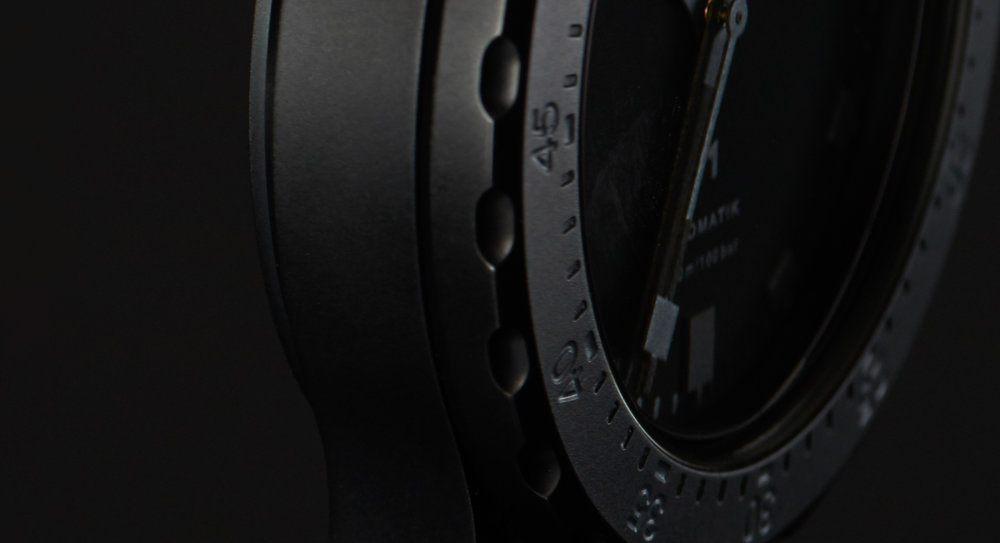Lifestyle, Product, and Fashion Photographer | Shooting in a hurricane | Carolina, Florida, Georgia
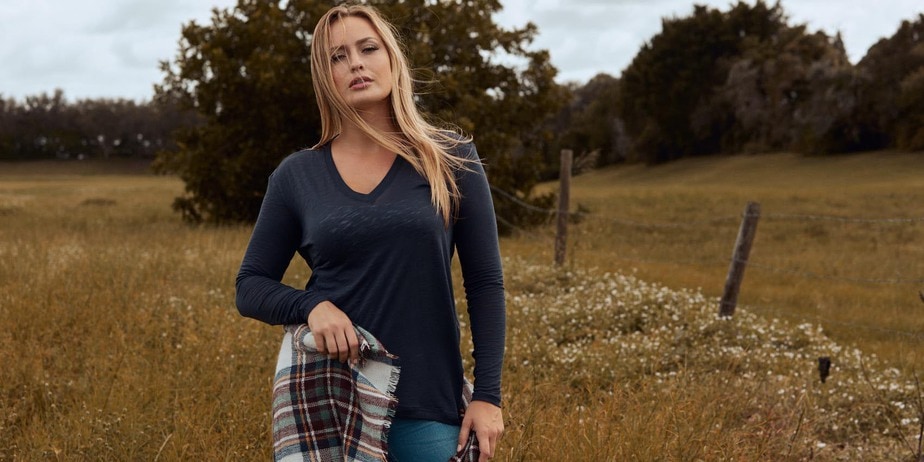
Am I a storm chaser or fashion photographer? Sometimes, a little of both.
I was expecting a pretty standard photoshoot last month as I headed to South Florida from Charleston. I got to my dad’s place where I was crashing for the night and he broke the news that there was a storm brewing off the West coast of the state and said I should keep an eye on it. Nine years of living in Miami plus three in South Carolina has given me more than a small number of brushes with nasty storms, and this one looked to be staying away from where I was shooting so I shrugged it off. I went to bed and early the next morning headed off to the first day of shooting as the fashion photographer for InnerShine, my client.
The shoot had some inherent surprises waiting for me once I arrived. InnerShine needed a fall looking location. We were in South Florida. So that meant we needed to work around anything tropical and to get some of the super saturated green color out of the shots since South Florida is basically a jungle (if you haven’t been there). With careful angles and location choices (including sketching out one civilian who couldn’t figure out why there were models in the bushes in front of his home) we created fields of fall grasses and oak trees with leaves changing for the new season.
Another challenge (which is a common one in South Florida) was keeping the models from getting too hot. It can be easy to overlook that this responsibility fall on the fashion photographer but it does. The fashion photographer is the person on set seeing the models closer than anyone else. The girls were wearing sweaters and jeans so as often as possible we gave them flip flops, AC (in cars between shots), and water. Lots of water. Red ant bites, mosquitos and iguanas didn’t stop these girls from bringing their best and both Anna Julia Hagen and Valerie Vigoreaux (both with Wilhelmina Miami) showed me again why I love photographing them so much.
As we wrapped up the first day of shooting, everyone was thrilled with how we all came together.
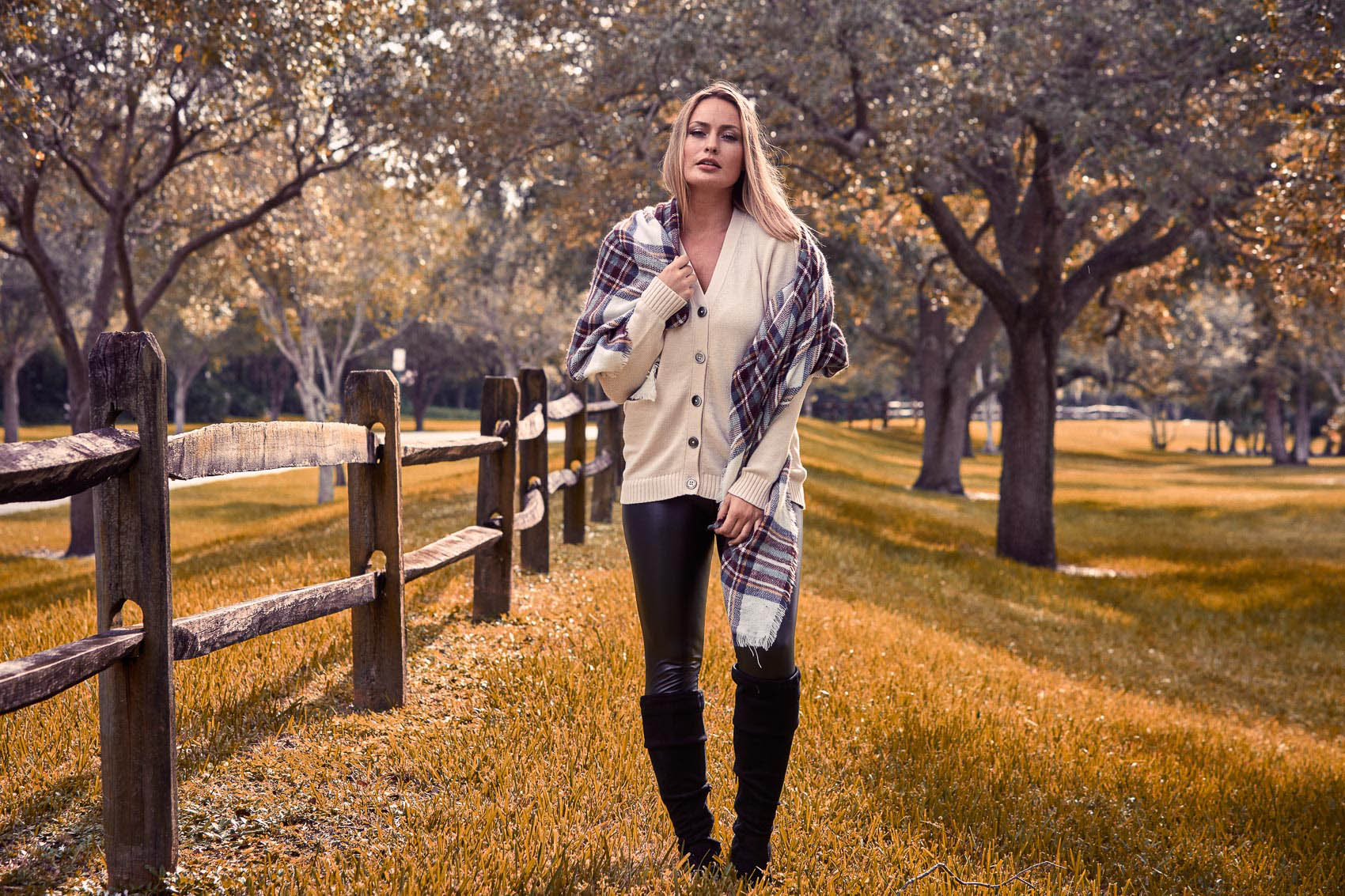
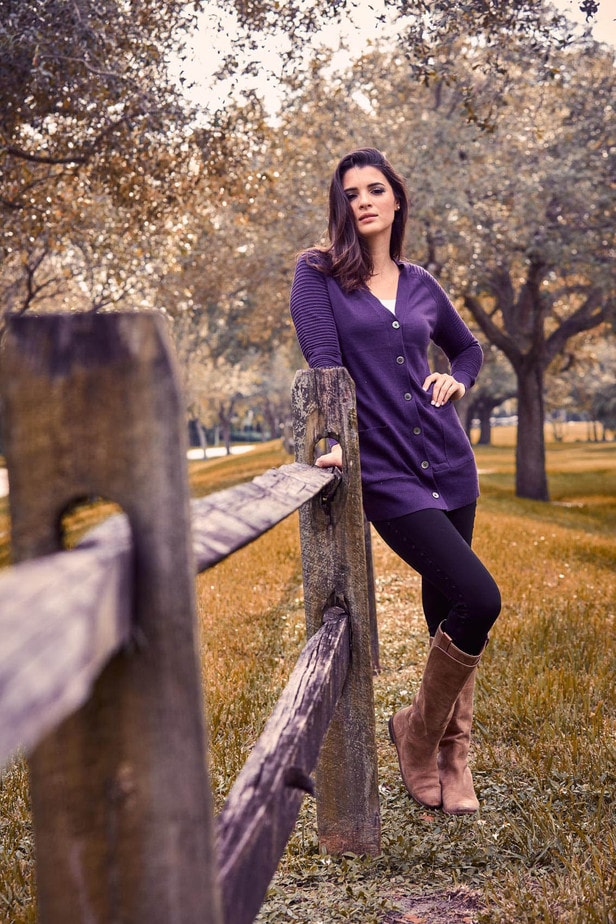
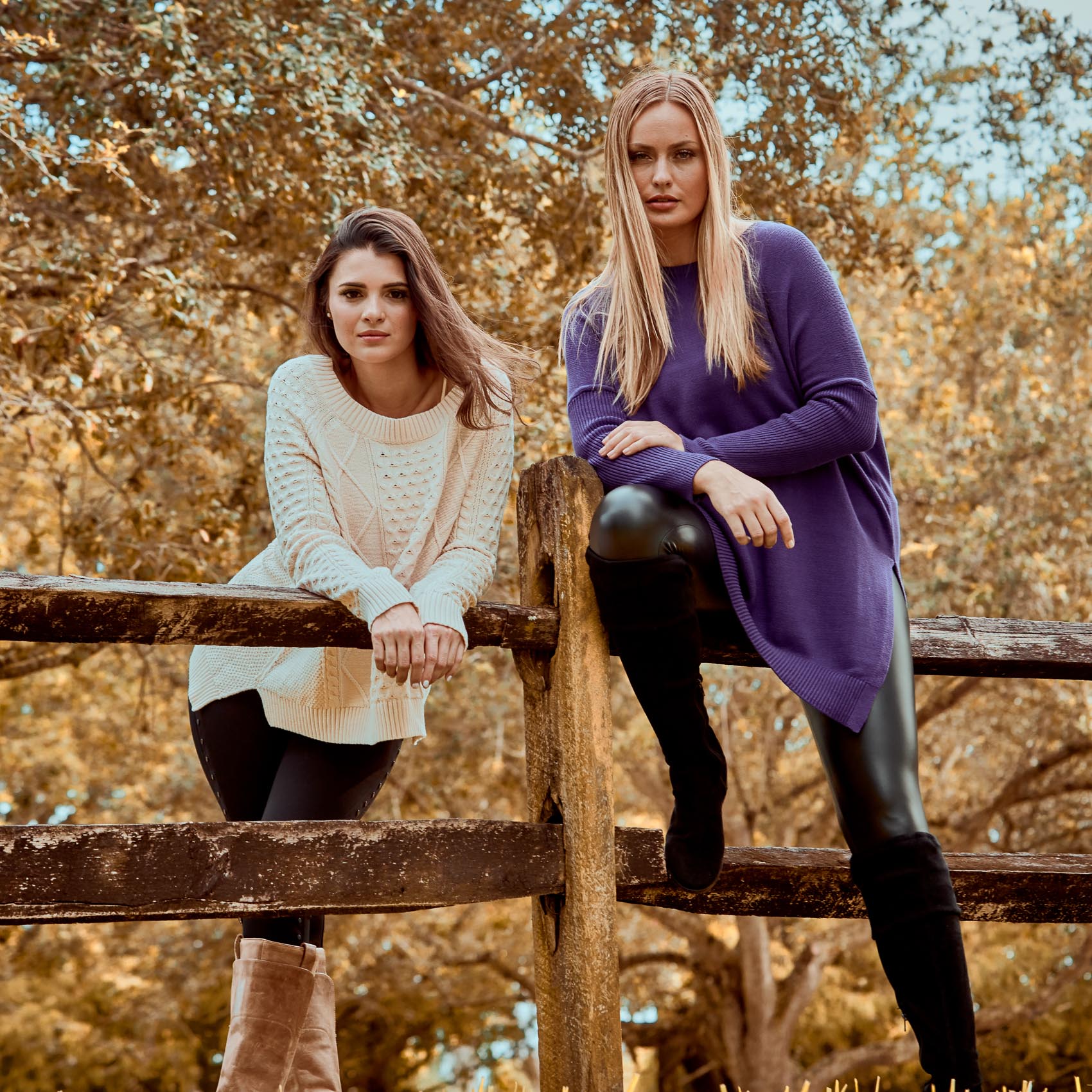
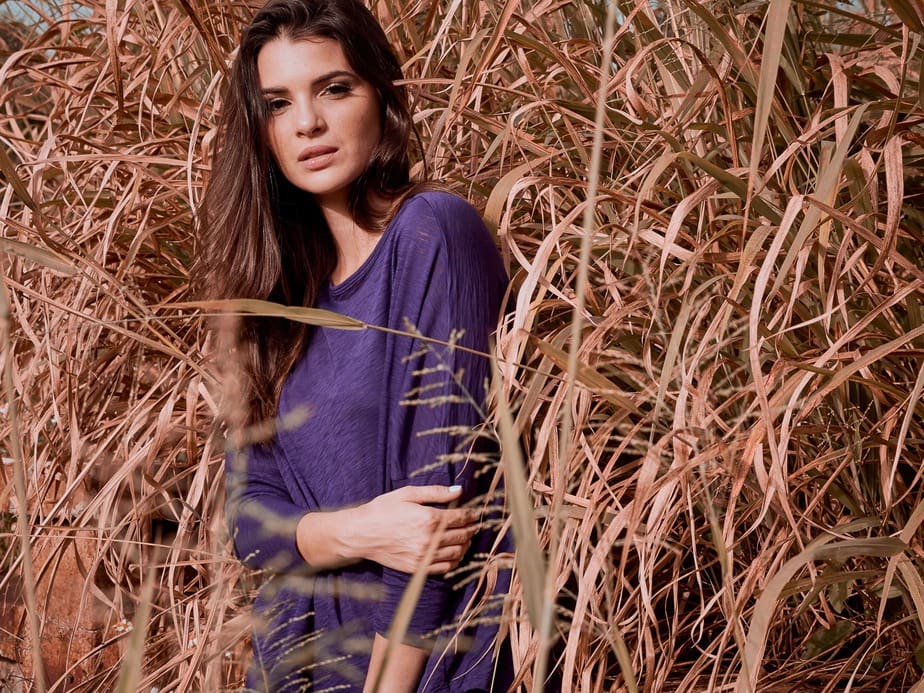
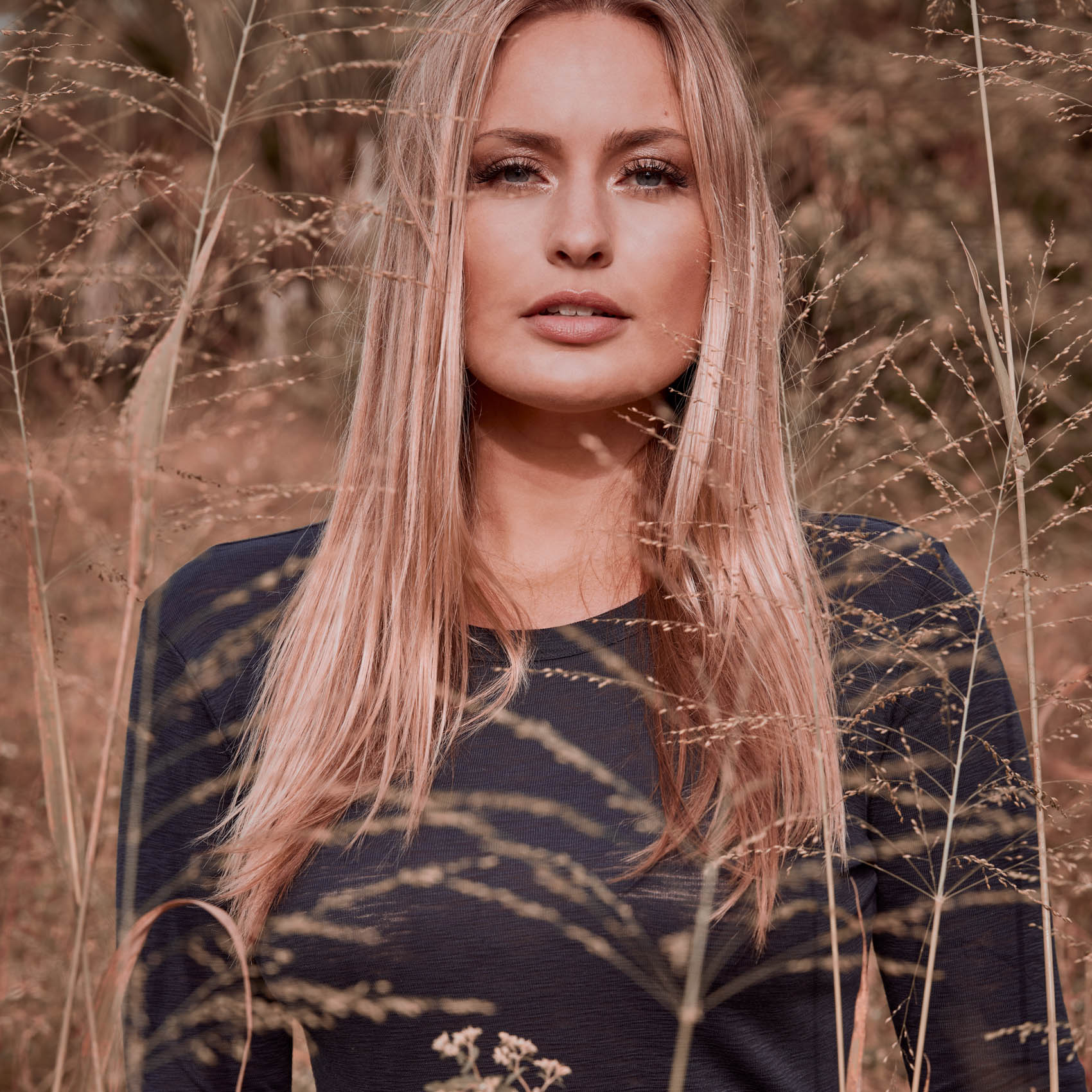
What is the opposite of a rain dance?
Everyone was thrilled with the images from our first day of shooting. And to be honest, I was wrapped up in the images and production of getting ready for a big second day. Tired and wanting to be on my A game, I crashed early. The only time I looked at my phone was to make a good night call to my family.
Waking up early, my assistant Chelsea and I got straight to work. The day started with some in studio e-commerce fashion photography which we flew through (if you’ve worked with me shooting on model e-commerce in studio, you know I don’t mess around and we move fast). Then we had a quick lunch and I put my fashion photographer hat back on and we started loading our cars to head off to a field I scouted the day before. As models, clients and team loaded everything into the cars, the sky opened up and it started to pour. My fathers words of caution came straight to mind. These were the outer bands of the hurricane.
Ever have that feeling that everyone is staring at you? Waiting for you to do something and you know that there isn’t anything you can do? It was a lot like that. With everyone sitting in their cars, I could still feel all eyes on me despite the way the rain distorted everything. Was it a mistake to not check the weather? Nope. It was not. In fact, outer bands are something we can work around. There are brief downpours with big gusts of wind and then, nothing. So in the calmest manner possible, I waved and started to drive to the location. Letting everyone follow despite their worry.
The drive to the location ate up most of the time the outer band was over us. The field was wet but we brought blankets and we stacked the scrims under them so the models wouldn’t get wet as they sat in the field. And then that insanely beautiful “it just rained” light started. I began firing away. Quickly switching models and sending the other back to change, over and over, throughout different parts of the field I captured moody, beautiful photo after photo.
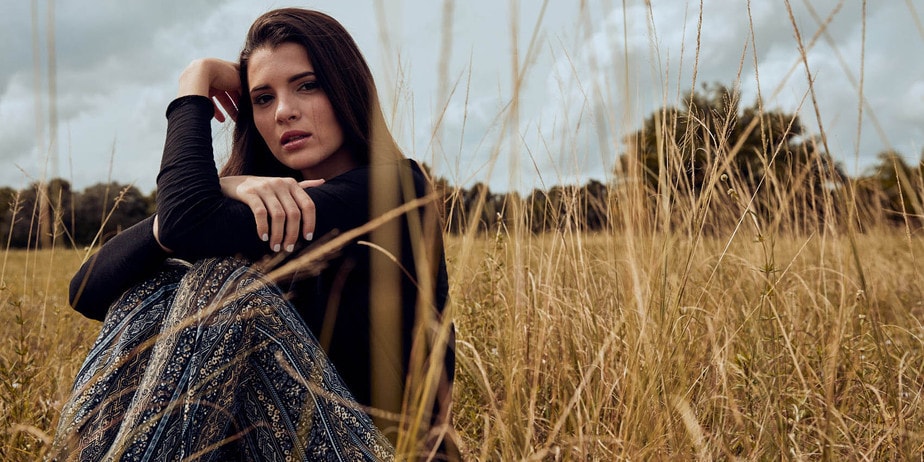
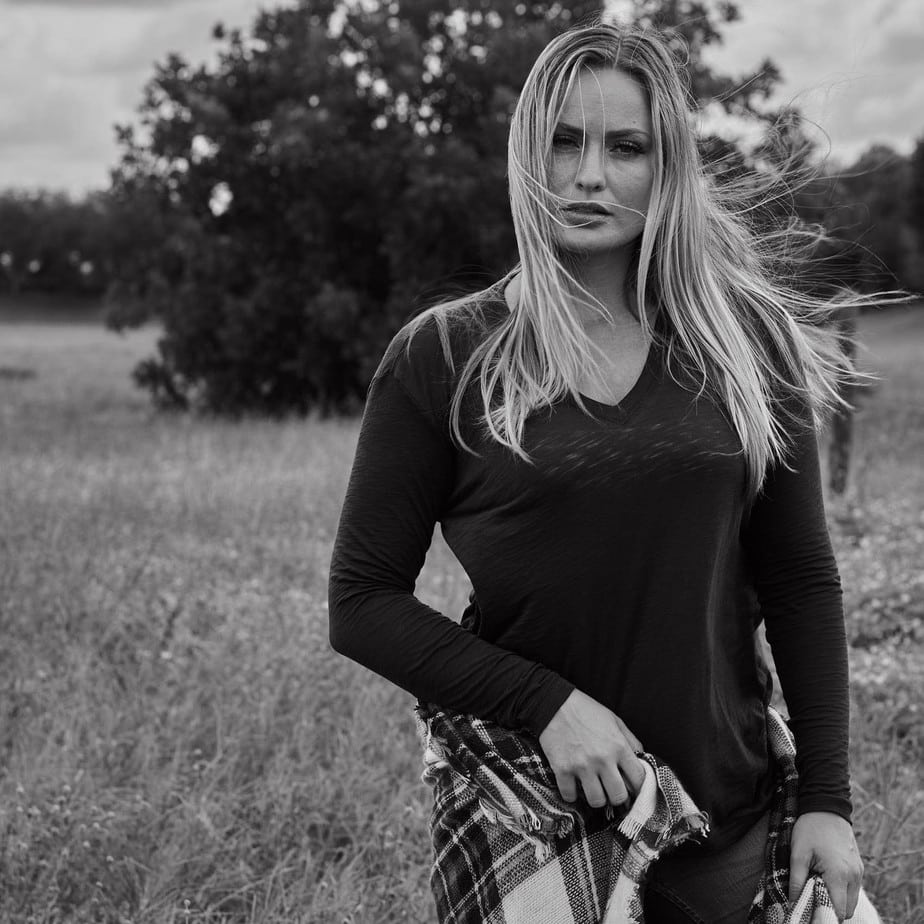
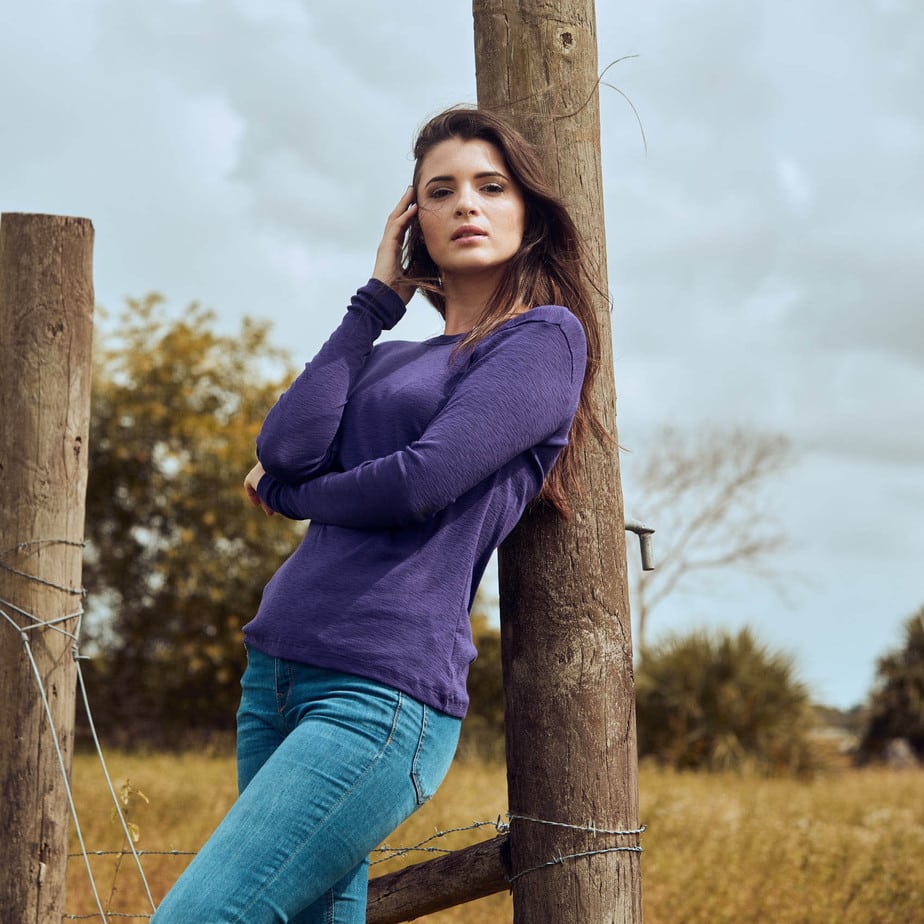

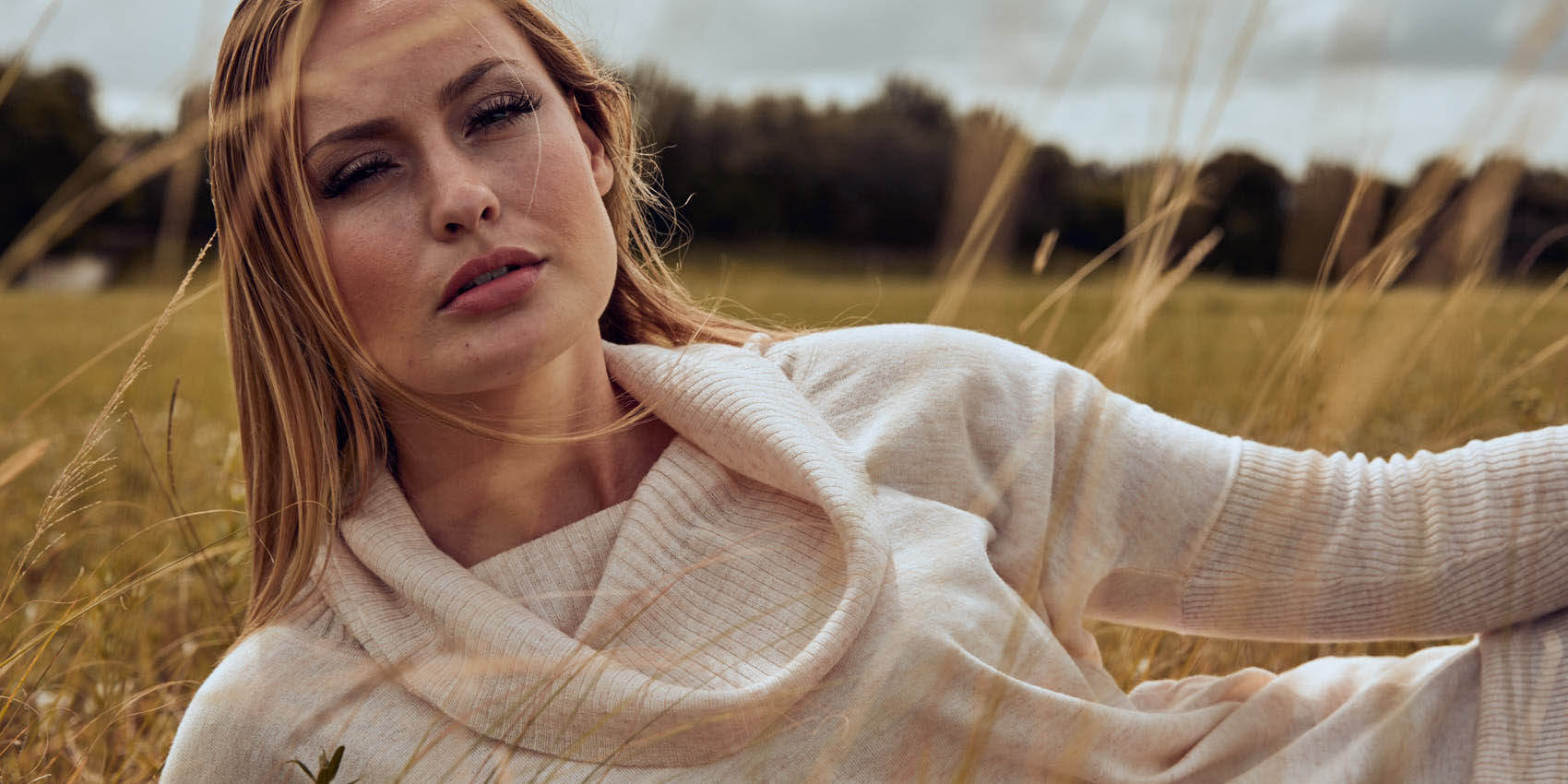
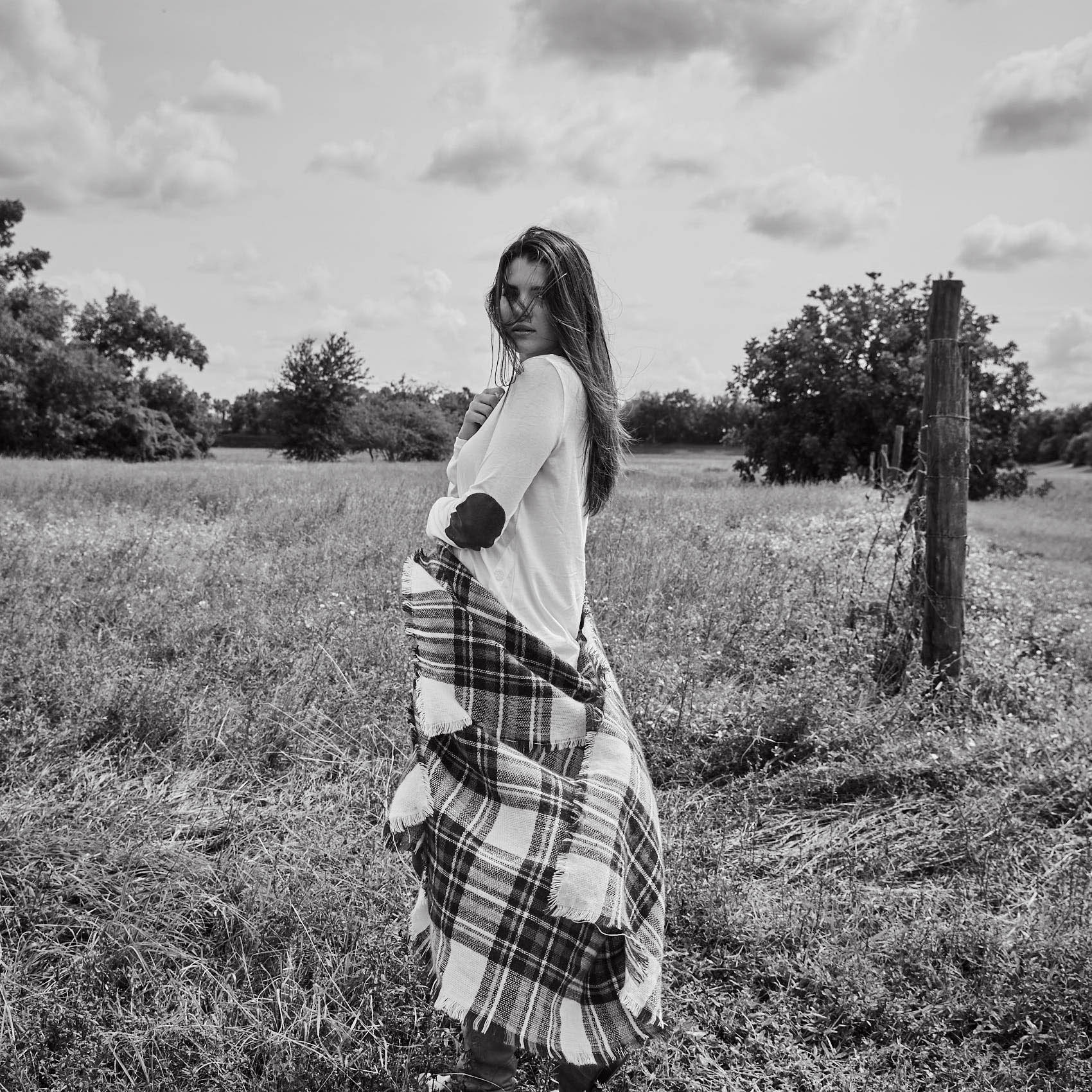
It was the perfect storm, for photography.
Not once did I mention these were hurricane rains and winds we were dodging. Not yet. Being a fashion photographer is very intuitive and it’s not unusual to get into a zone where you can feel the models energy and they can feel yours. They are able to give you what you need often without words as they watch and ready your subtle changes in body language and expressions, and vice versa. It’s a beautiful dance when you connect with each other to create art in this way. And these girls were rock stars, reading what I needed from them and giving it. I did the same, connecting to them, seeing the shots and angles and of course noticing the small clues that told me I had just a few more shots and then I was going to need to switch models or our weather was about to shift for the worse.
The lighting was constantly changing. The clouds were moving so fast and so varied in thickness the light would drop and then bounce back up and I was playing a great game of catch with it. Making sure it didn’t throw me a curve ball that I couldn’t lock in on and still get the shot. I have to give it credit though, such dramatic shifts in light created a lot of different image opportunities.
The dark stormy setting took some of that saturation out of the greens, it allowed for the field to become a place that could be anywhere. Wrapping blankets around the models and scarves added to the fall setting that the weather so graciously helped create for us. When I finally wrapped the shoot, after we had traveled to some stone walls away from the field, I finally told the girls they may want to walk a bit faster back to the cars since it looked like the next bit of the hurricane was going to rain on us again. It was quite a surprise to the whole team that those windy rain squalls that were popping up were just the tip of the iceberg. They were in disbelief that this was a hurricane until checking for themselves. Two days later Hurricane Michael would make catastrophic landfall on the panhandle.
As I drove home the next day, with a bit more traffic than usual since evacuation orders had been issued, I hit some nasty spots. Tornado warnings kept coming through my assistant Chelsea and I’s phones. She tried to be calm and let me focus on what little bit of road I could see ahead of me. These were just the outer bands as well. Despite making lemonade out of lemons, I have to admit we got a little lucky. One day later and we might not have been able to shoot. What a difference a day can make. It’s shots like these that are why I am also a lifestyle and fashion photographer and not just solely shooting product. These magic moments create surprises that I would never want to stop getting.
